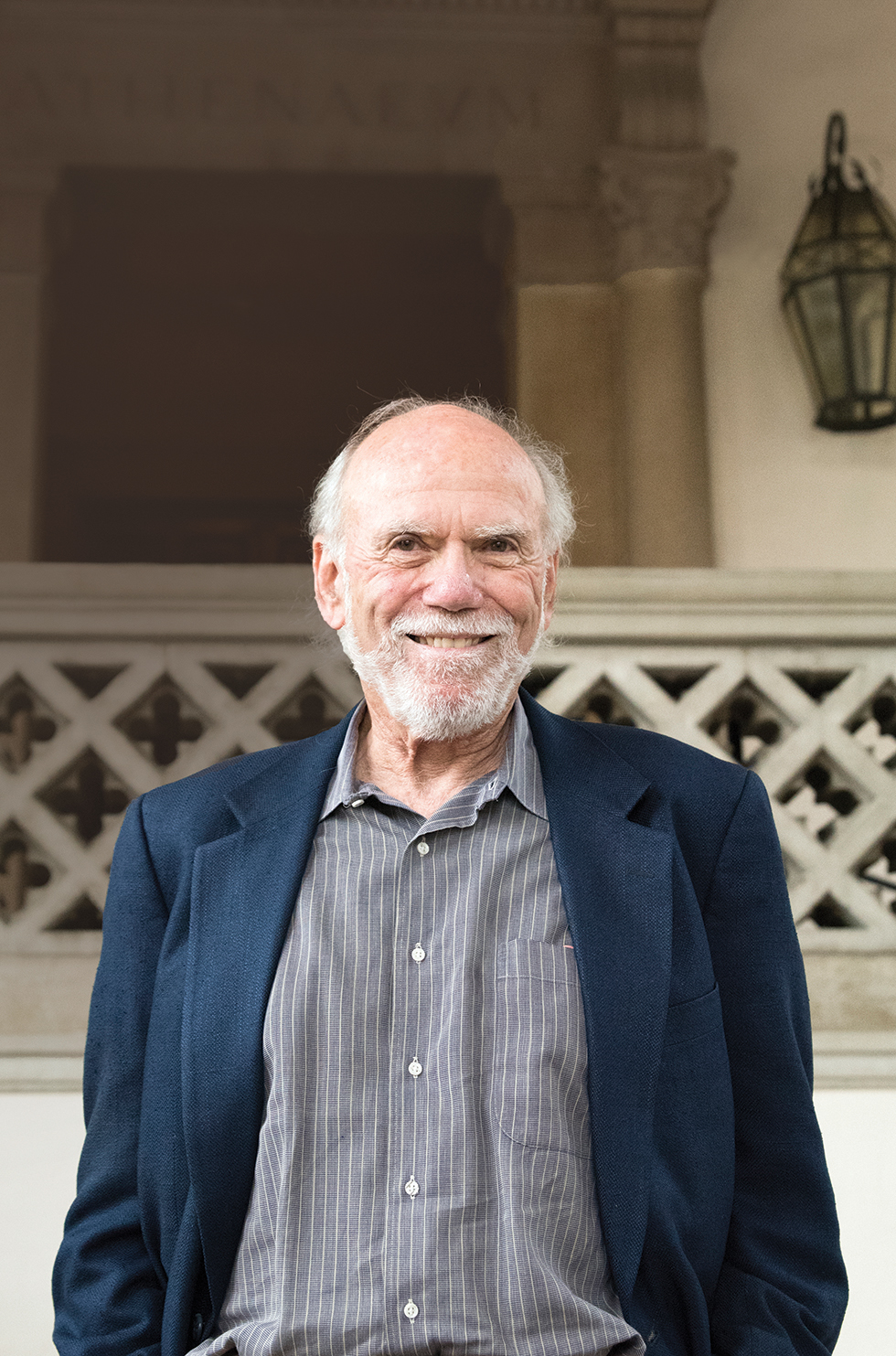Barry C. Barish ’57, Ph.D. ’63 says watching ocean waves marked the start of his work on detecting gravitational waves a century after Einstein’s prediction. His research would win him the 2017 Nobel Prize in Physics, which he shares, as well as Berkeley’s Alumnus of the Year.
About 25 years ago, Barish and Charles Peck, a fellow eminent physicist at the California Institute of Technology (Caltech), met for a beach walk. Peck asked Barish, who had already led many important particle physics experiments, including landmark neutrino studies, to take over leadership of the Laser Interferometer Gravitational-wave Observatory (LIGO).

Barry C. Barish ’57, Ph.D. ’63
The faint signal of gravitational waves was generated 1.3 billion years ago when two black holes merged. That wave reached Earth on September 14, 2015, and was picked up by twin detectors located in Livingston, Louisiana, and Hanford, Washington. Since then, LIGO has detected several black hole mergers and a binary neutron star merger.
“It’s the beginning of a new astronomy — multi-messenger astronomy, which I believe will lead to an exciting new understanding of our universe in the coming decades and beyond,” Barish says.
He says he met his two loves at Cal: physics and his wife, Samoan. They have two children and three grandchildren. Barish continues to work with fellow physicists at Caltech to make LIGO even more sensitive, as well as develop concepts for next-generation gravitational wave detectors.
Co-sponsored by the UC Berkeley Foundation and the Cal Alumni Association, the Achievement Awards celebrate forward-thinking business leaders, gifted faculty, and remarkable alumni. Visit awards.berkeley.edu for more on this year’s recipients.



